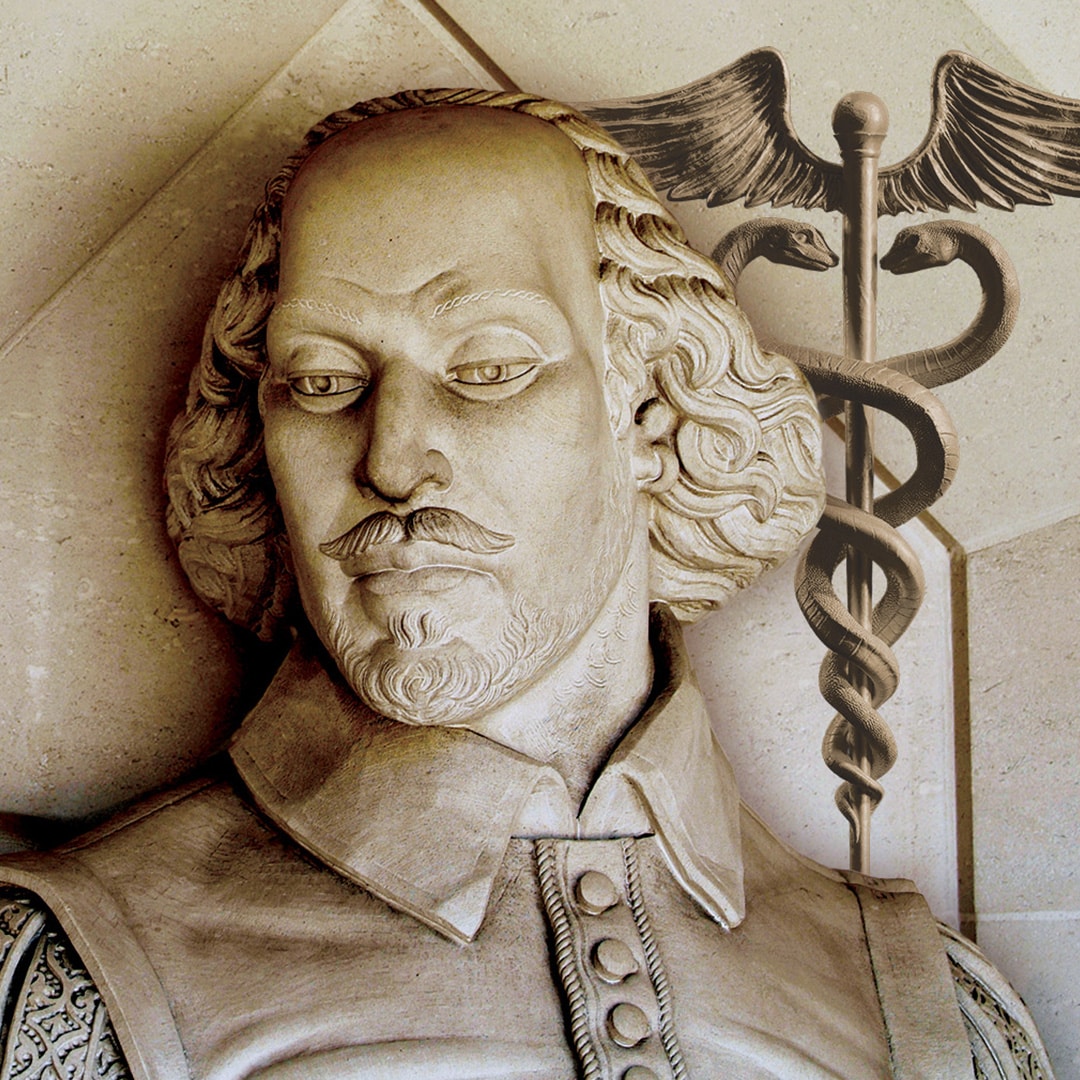Angina pectoris, the frightening
Chest pain, as coronary arteries
Denuded of blood are not nourishing
Heart muscles, too weak, too many pastries
And foods of fats, no oxygen for life
Death awaiting those who ignore the signs
If only we had new parts, and a knife
A stich, to cut and paste, a new design
Take a vein from your leg, will do just fine
The angiogram says where it should go
Single or quadruple, get it in time
Add twenty more years, and the blood will flow
A coronary artery by-pass
Cabbages for short, fittest of the class
Backstory
Angina pectoris, the clinical manifestation of myocardial ischaemia, was described in some detail, and given its name, by William Heberden in 1772. It is a consequence of coronary artery disease (CAD), which is now prevalent on an almost global scale. For the first 50 years of the twentieth century, many physicians and surgeons offered theories and experimental techniques to treat CAD, including Alexis Carrel, Claude Beck and Arthur Vineberg, the latter using ligation of the right internal mammary artery to increase blood flow to the coronary circuit. A major advance was made with the direct coronary anastomosis of the left internal thoracic artery to the left anterior descending artery (LAD) to enhance this flow.
A major difficulty related to the inability to picture the coronary arteries. This was resolved in an accidental manner when Mason Somes inadvertently injected a contrast dye into the right coronary artery of a patient; this was in the Cleveland Clinic in 1958. The technique of coronary angiography resulted from this error, and this had a major impact on the treatment of CAD. Many surgeons were ale to capitalize on this, including Michael DeBakey in Houston who grafted a saphenous vein onto the LAD in 1964. Most would agree that real progress was not really made until Rene Favaloro, an Argentinian surgeon working at the Cleveland Clinic perfected the use of the saphenous vein graft using by-pass surgery and end -to-end anastomoses, in the late 1960s. This technique of coronary artery by-pass surgery (CABG) was used in hundreds of thousands of patients in the following years. The technique soon become known by the ’Cabbage’ derivative of its acronym.


